
Laser Levels
Laser levels are advanced tools for aligning and levelling, offering superior accuracy for indoor and outdoor construction tasks. Available in various types, they are crucial for precision in professional and home DIY projects.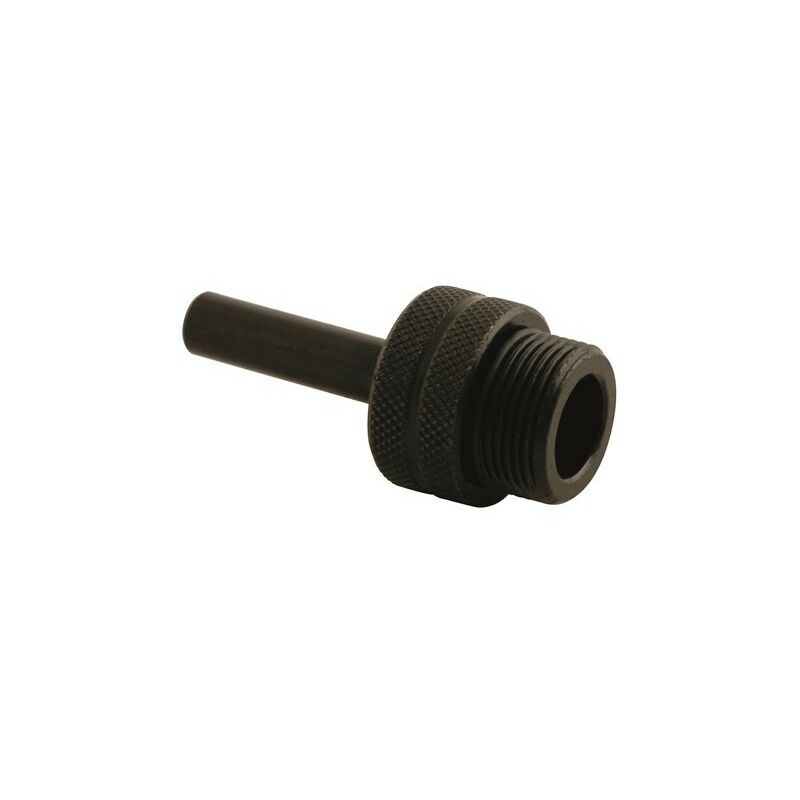
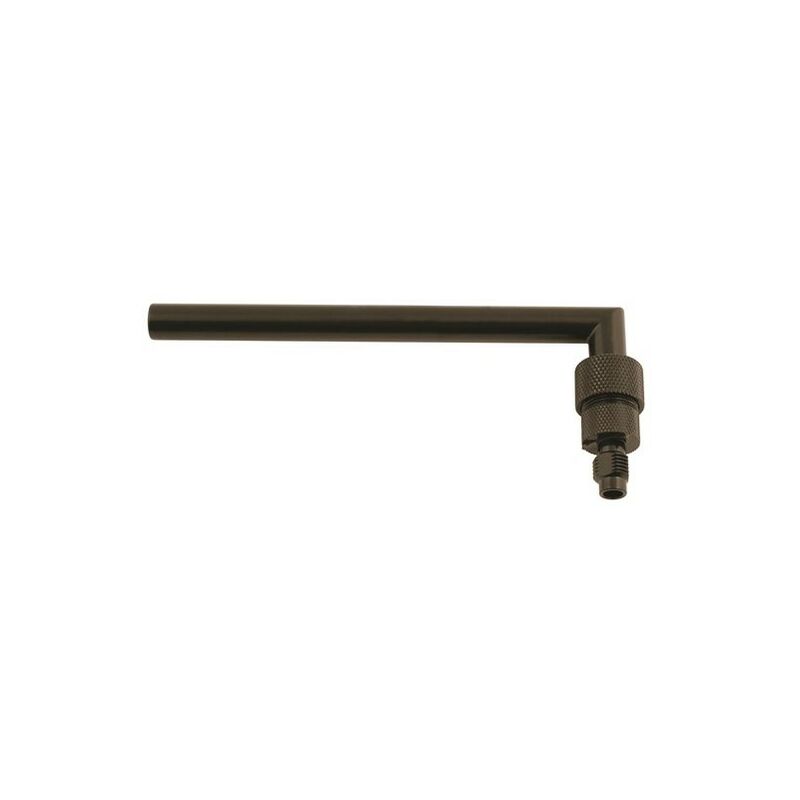

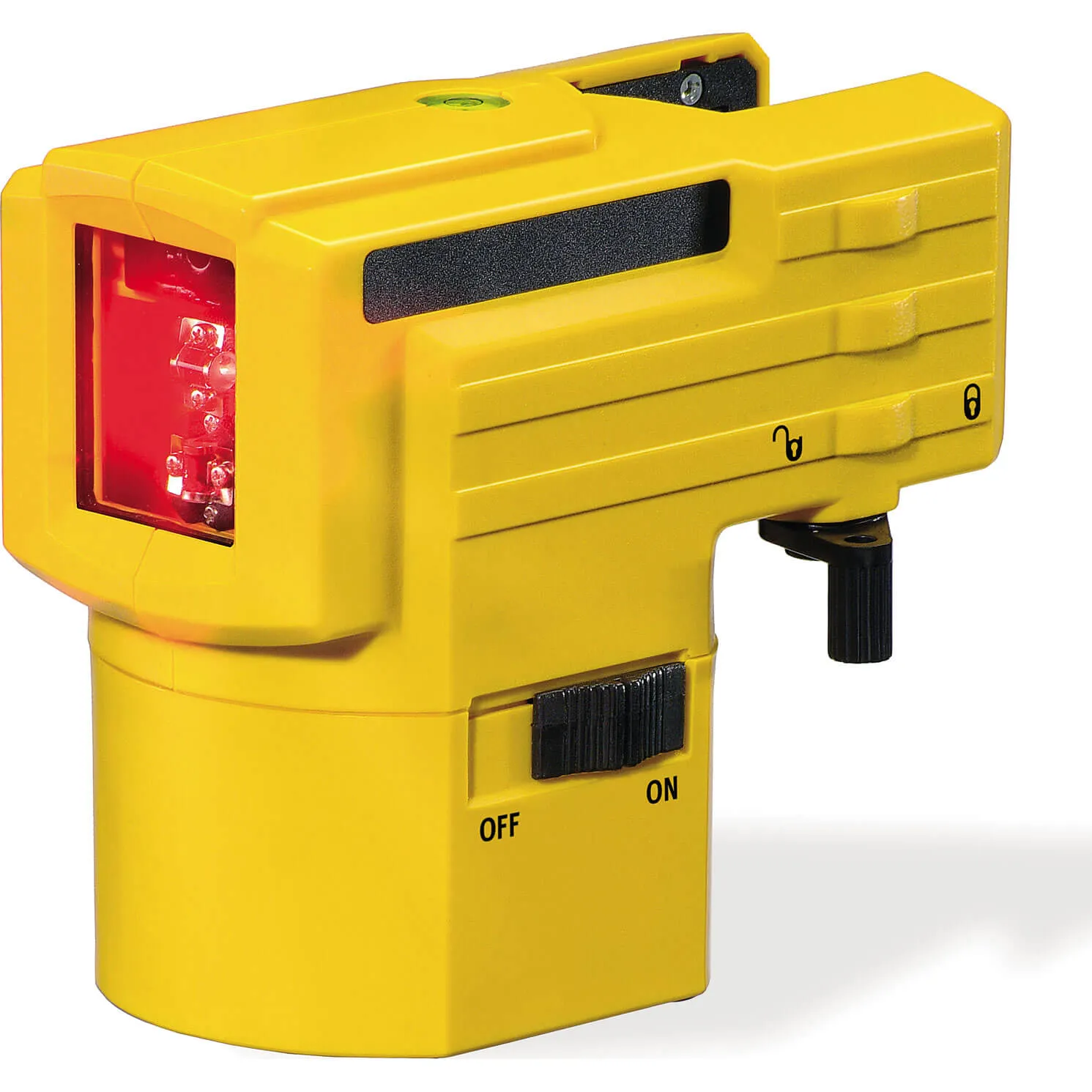
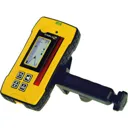
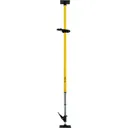

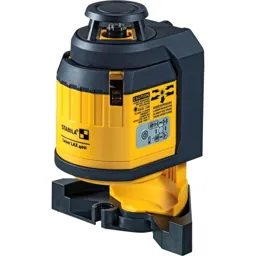
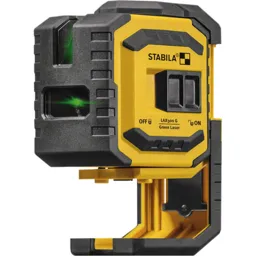


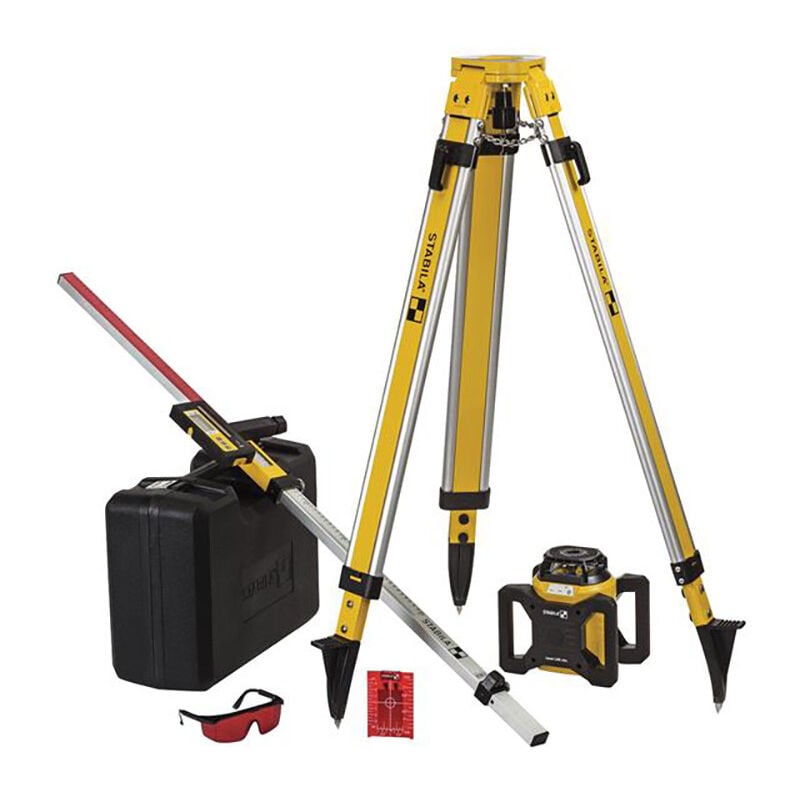
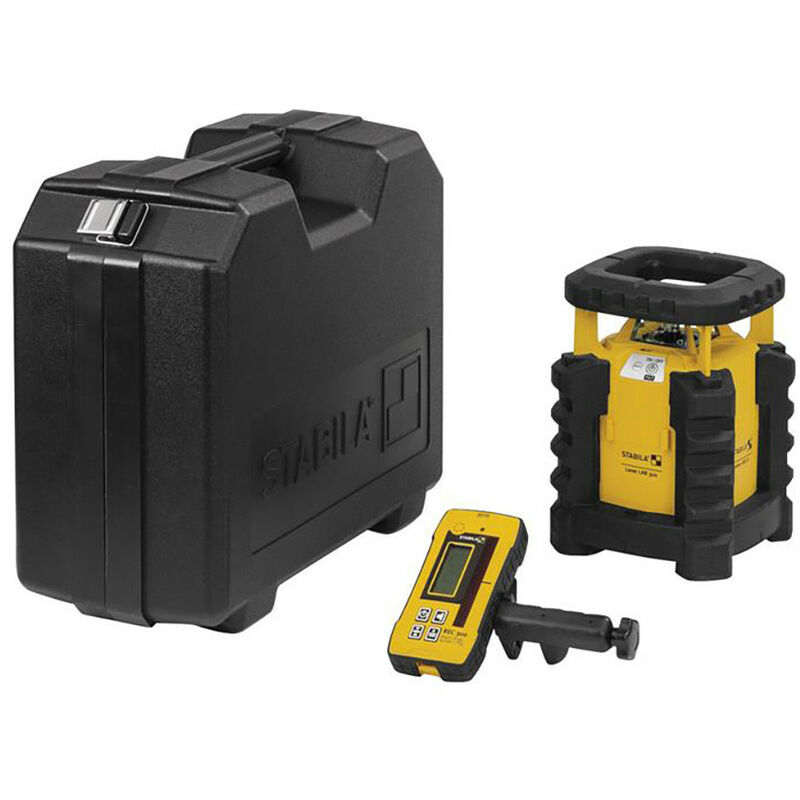

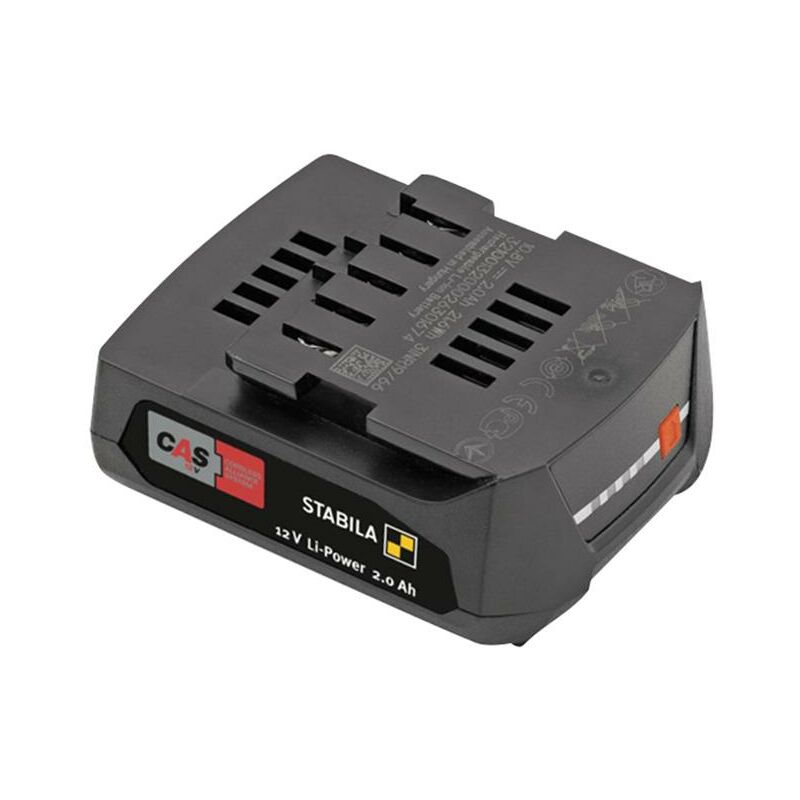
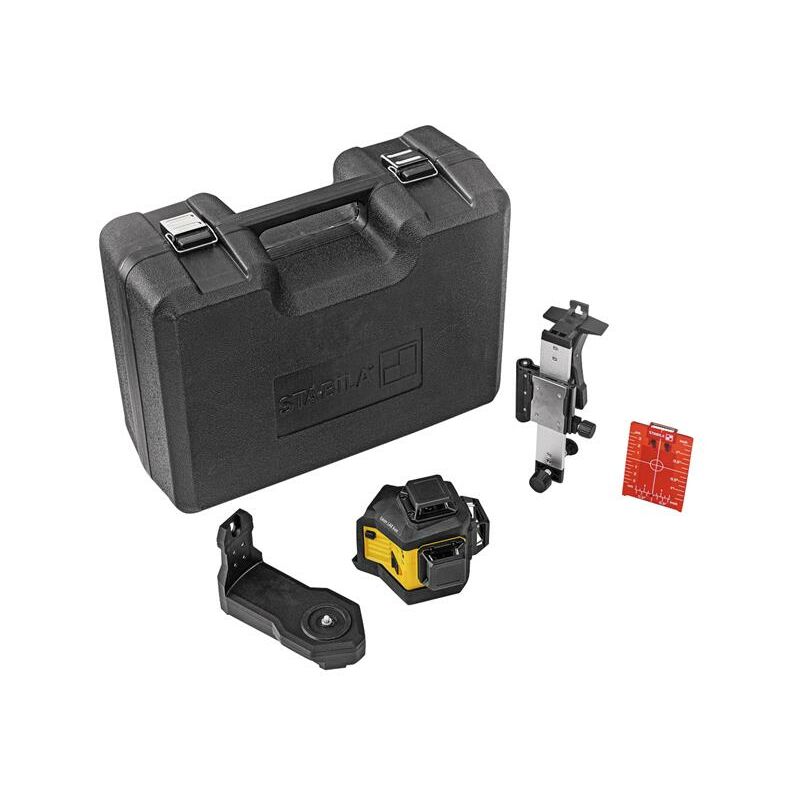


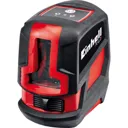
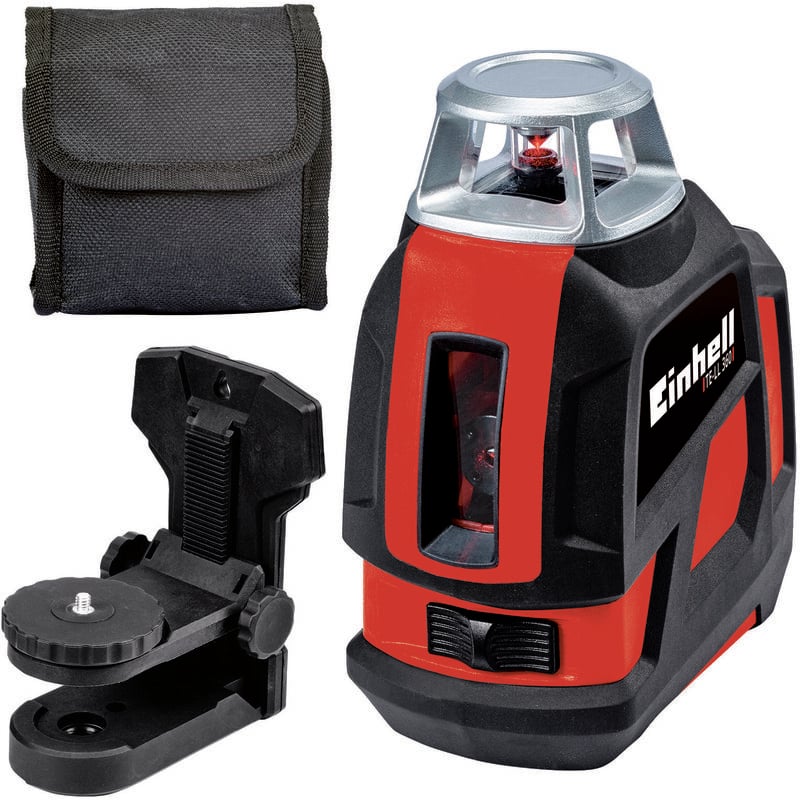


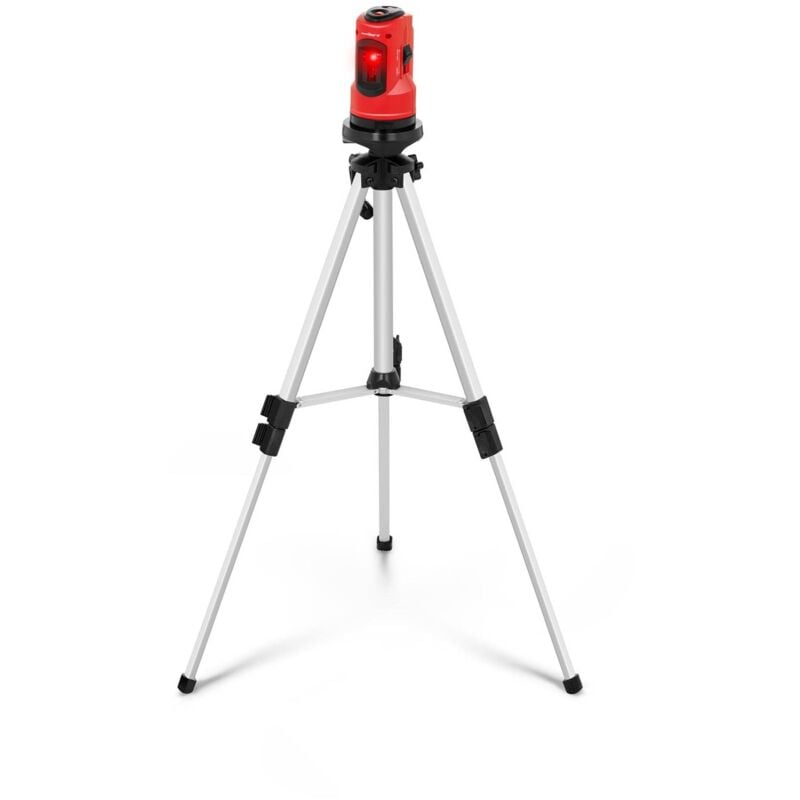
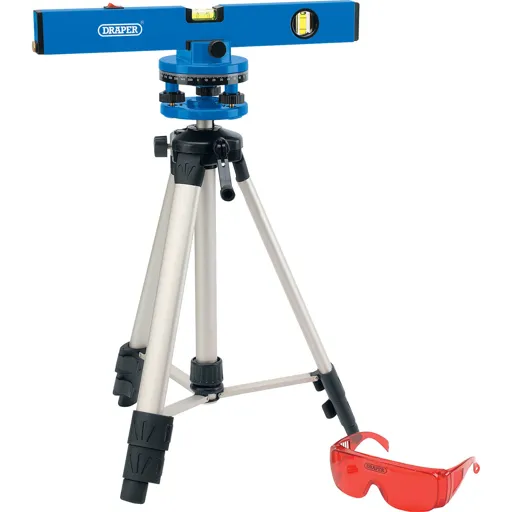
Laser levels: all you need to know
Do not only construction work with maximum precision. Laser levels help you with perfectly straight walls or flawlessly hung shelves and paintings. There are inexpensive lasers available for home use and more expensive equipment for professionals. What are their differences, and what parameters to look for when choosing?
Laser level types
Laser levels are manufactured in various forms. More straightforward cross lasers are more suitable for households, and point or rotary laser levels or laser distance measurers are intended for professionals.
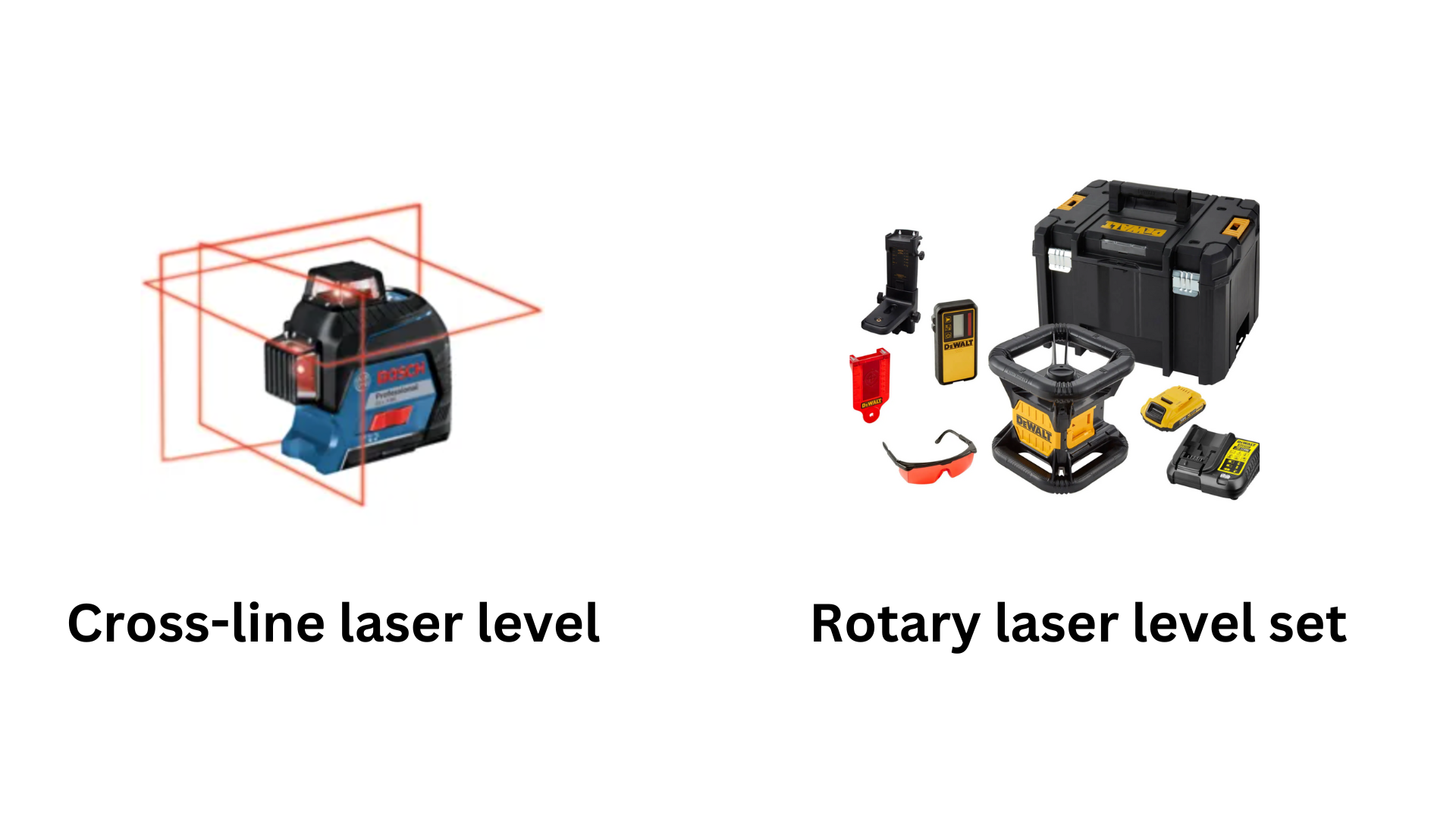
Cross laser level
The cross laser level level projects a horizontal and vertical line, forming a cross together. It is mainly used in interiors. It is, therefore, suitable for home use and other DIY jobs, for example, when assembling shelves, hanging pictures and possibly for painting or tiling a wall. It is mainly used on construction sites for finishing work, such as installing suspended ceilings, door frames and partitions. A cross-laser level usually uses a green or red level line and is self levelling.
Rotary laser level
For use in exteriors, self levelling rotary laser levels are used, which can project a horizontal and vertical line at any angle. Compared to cross laser levels, rotary laser level performs accurate measurements. This category also includes point laser levels, which can project in different directions simultaneously and thus create arbitrary angles as needed. Thanks to the better visibility of the light line, the rotary laser level can also be used on construction sites and outdoors.
Laser distance measurer
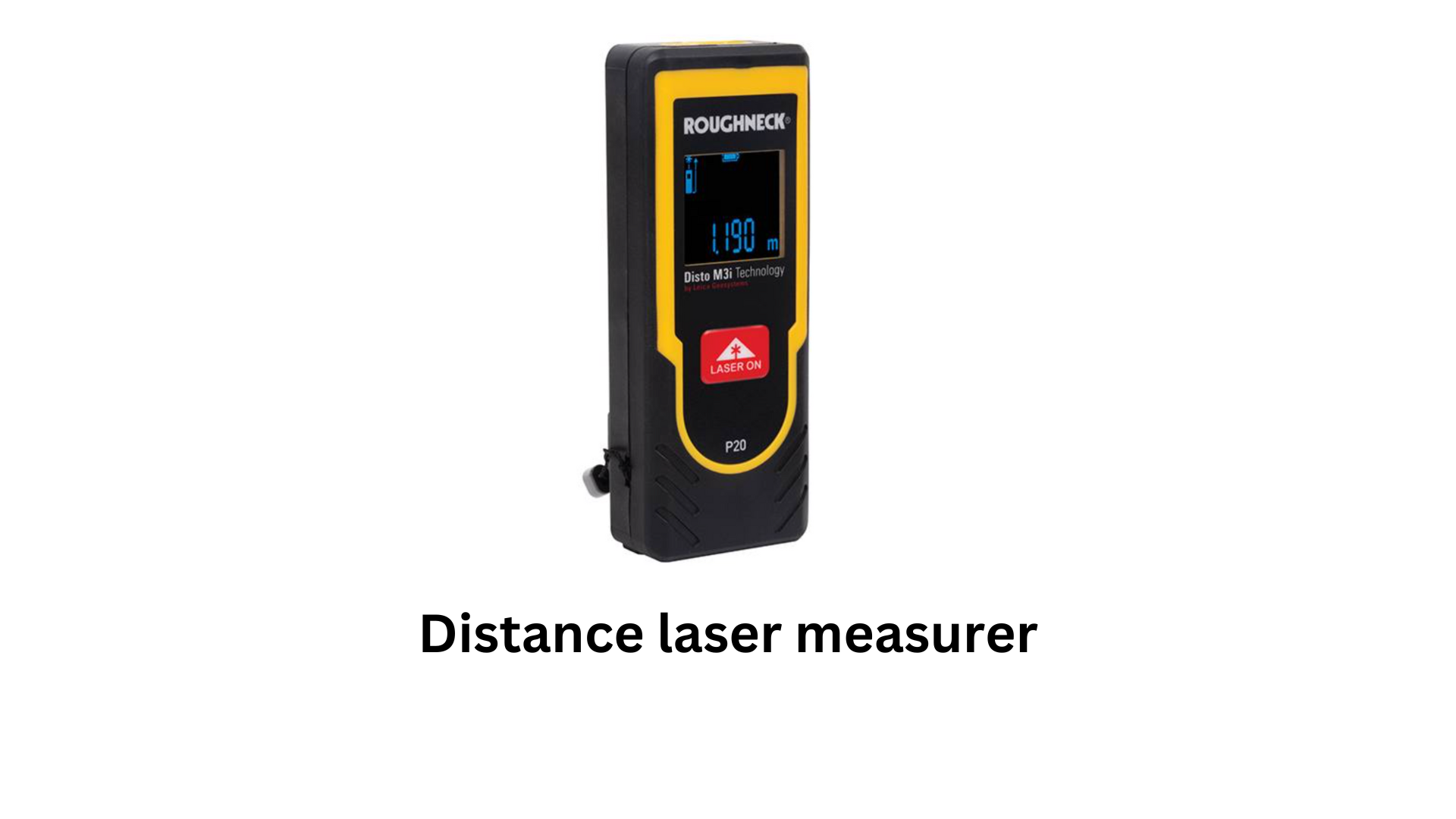
This device is not primarily used to project straight lines and points but to measure lengths. Hand-held laser distance measurers stand out for their high accuracy even at longer distances. Measuring with them is significantly more straightforward and accurate than classic tape measures and bands. Advanced laser distance measurers also make it possible to perform various mathematical operations, such as calculating volume and area or transferring data to a computer or phone.
Laser level features
Measurement accuracy
The use of the laser level is indicated by the deviation in millimetres per projection/measurement distance. For home hobby use, laser levels with an accuracy of up to +- 5 mm/10 m are usually sufficient, but some activities require significantly higher accuracy. The best devices can measure/project with only +- 0.5 mm/10 m deviation. It must be added that every millimetre to the good also means a higher price for the device.
Number of points and lines
It indicates the maximum number of points and straight lines the laser level can project simultaneously. The specific value can range from one to several dozen.
Reach and visibility
Due to their performance, laser levels have a limited range that they can measure or project. For devices for DIY use, a working range of 10-20 meters is usually sufficient; on the contrary, laser levels with a range of hundreds of meters are used in more significant buildings or exteriors. The most powerful laser levels can then project objects several kilometres away. In addition to performance, the visibility of the laser level is also affected by ambient light. This is also why indoor laser levels can be less powerful than outdoor ones. The colour of the laser line also has a significant influence, while green is the most suitable for use in exteriors or strongly lit areas. Compared to red, it is up to three times more visible.
Performance

Manufacturers only sometimes provide performance data, and sometimes range or visibility is sufficient. However, both are primarily related to performance. It is true that the higher the power, the more intense the beam the laser level emits, and it can thus be used at greater distances. Basic laser levels for use in interiors have roughly 1-5 mW, and professional laser levels intended for construction have from 10 mW to 50 mW. The most powerful laser levels intended for exteriors can have several hundreds of mW, in exceptional cases, even units of W. These are usually hand-held laser levels emitting only one point, and it is dangerous to look into the beam and contact the skin or some flammable object.
Units of measure
Different units of length are used for different types of measurements. That's why you can switch between units for some laser levels. The most commonly used units are millimetres (mm), centimetres (cm), meters (m), inches (in), and feet (ft).
Operating temperature
Each laser level has a specific temperature range to function properly. This parameter is usually not very important for interior laser levels, but it is absolutely essential for exterior laser levels, especially if they will be used all year round. In this case, their temperature range should be at least -10°C to 40°C.
Dimensions and weight
Laser levels are produced in many sizes, from compact hand-held to large construction ones carried in sturdy cases. Consider the dimensions mainly about the layout of the premises where you will use the device, in the case of manual laser levels, then also according to the user. If you are transporting the laser level often, find out the dimensions with a protective case or case. The situation is similar to the weight, which ranges from hundreds of grams to tens of kilograms. It is essential for manual laser levels, where differences in the order of tens of grams can be felt after holding it for a long time. Again, consider weight even with a case or case if it will be handled frequently.
Resistance
Laser levels are often used in more demanding conditions, where they can be easily exposed to shocks, shocks, moisture or high dust levels. Therefore, they have different degrees of resistance. The one against the ingress of water and solid particles is indicated by the IP certification in the IPxx format. The first digit indicates water resistance (1 – worst, 6 – best), and the second to solid particles (1 – worst, 8 – best). There is no uniform scale for resistance to falls and shocks, so you must rely on the manufacturer's description. The construction of rugged meters is usually heavily rubberised to absorb shock.
Power supply
Laser levels need electricity to operate. More straightforward laser levels are usually powered by classic AA batteries or batteries from the manufacturer, which are inserted directly into their body. On the contrary, more powerful laser levels have relatively high consumption, so manufacturers supply them with separate large accumulators, to which the laser must be connected to function. The durability is usually indicated by the manufacturer in hours of lighting, ranging from units to tens. For all-day operation, at least 10 hours of endurance is ideal; even less is sufficient for home use. Also, focus on how long it takes to charge the battery or accumulator from empty to full and whether it is possible to recharge even when the device is in use.
Ease of use
In the case of basic types of laser levels, the difficulty of operation is usually limited to switching on/off and setting the power. However, more advanced devices can offer a wide range of controlled functions using the buttons on the device, and the display can help with their correct setting. The more information it can display, the easier it is to operate the device and its functions. The control buttons should then be robust and sufficiently different from each other so it is possible to use them even when wearing gloves or blind.
Levelling vs. Self-levelling laser level
IWhen choosing the levelling system of a laser level, it is, of course, best to use a self-levelling laser level. It is much more accurate and precise, with an automatic shutdown when out of focus or accidentally moved. This type is also most used by a professional. However, this does not mean that manual levelling laser levels are worse or inaccurate. These are cheaper to buy and perfect for your home project. Although they might require some skill when using them for the first time, the price point is worth trying, especially if you will not use them daily.
Helpful features
Self-levelling - placing the laser level on a slightly curved surface (up to about 5° deviation) will automatically adjust the measurement slope to match a perfect plane. Some laser levels can do it practically immediately after placing it; with others, you need to wait a while. Automatic power off - when the laser level is not used for some time, it will automatically power off, saving the battery. Display - most measuring laser levels are equipped with a display that allows you to read the measured values and set the measurement or projection parameters. The screen can be black and white or colour, and the larger it's diagonal, the more information it can display. The screen's readability is also fundamentally affected by the backlight, which only some devices have. Measurement memory - laser levels can have their memory to store measured information. In addition to viewing them, you can use them for various computing operations or extract them to a computer or phone for further processing. Capacity is usually indicated by the number of measurements the device can keep in memory.